12 Best Sensory Musical Toys for Autistic Children
Discover the musical instruments that best help autistic children learn new skills.

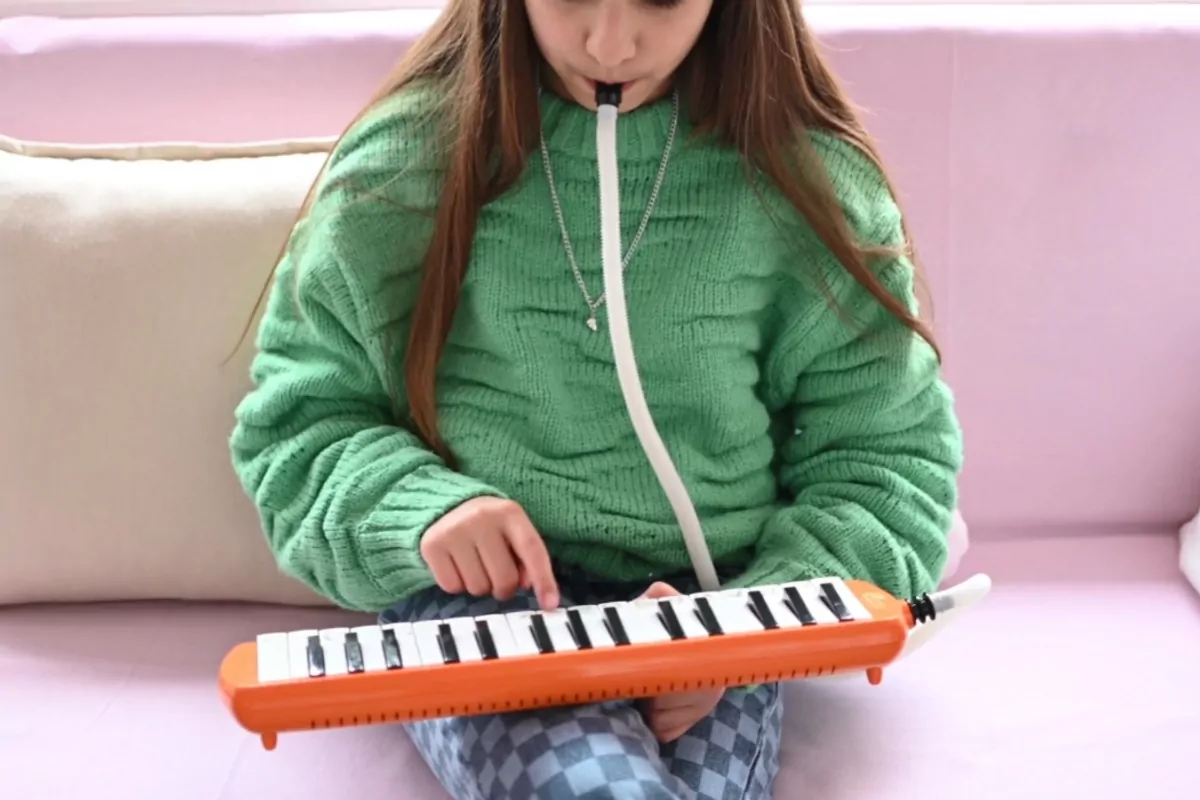
One of the first ways children communicate is through musical expression. Sing-song sounds let parents know how they feel before they can speak.
Children with autism spectrum disorder (ASD) are often more connected with music than other children of the same age. That’s why parents who invest in musical toys for an autistic child often find those toys quickly become indispensable favorites.
Playing musical instruments is a great activity for developing coordination, improving motor skills, or simply providing a relaxing, stress-relieving hobby.
The best musical toys for an autistic child
1. Sound shapes
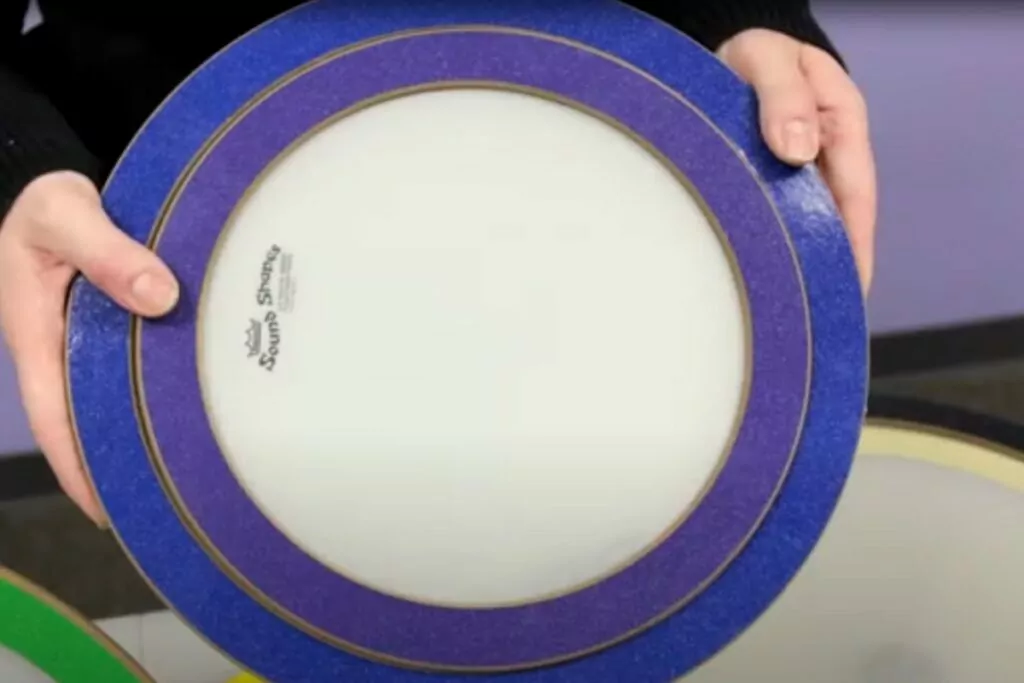
Sound shapes are colorful musical toys for an autistic child and come in various shapes and sizes.
2. Handbells
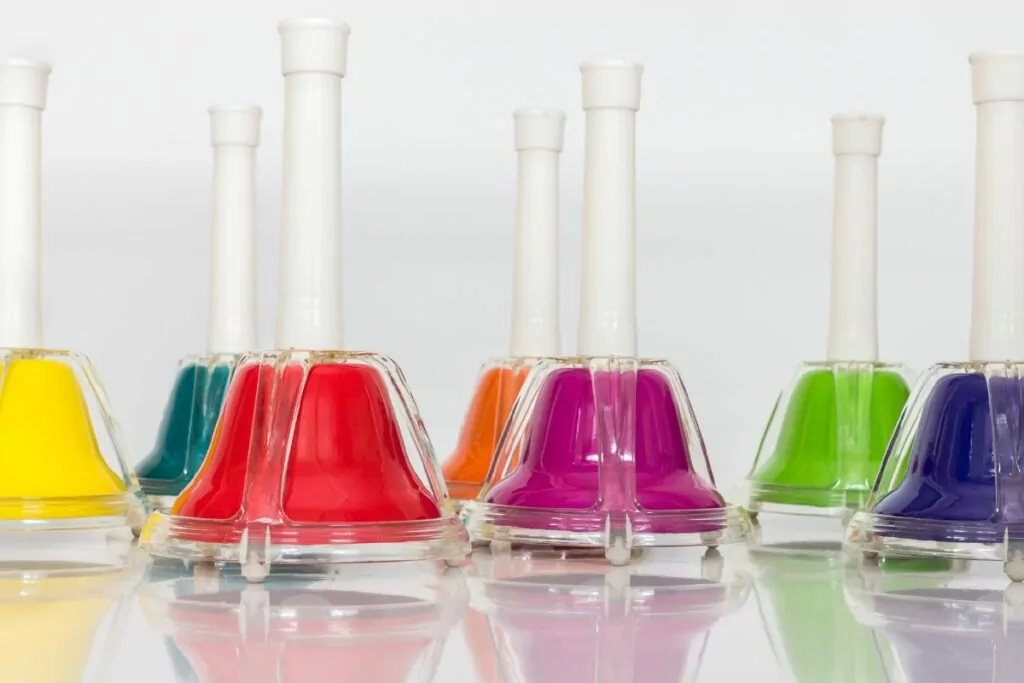
Handbells are available in multiple sizes and at varying costs. Handbells can be a durable rhythm instrument for developing motor skills. Some sets have a button that can be pushed on the top of the bell to make a sound.
3. Cabasas
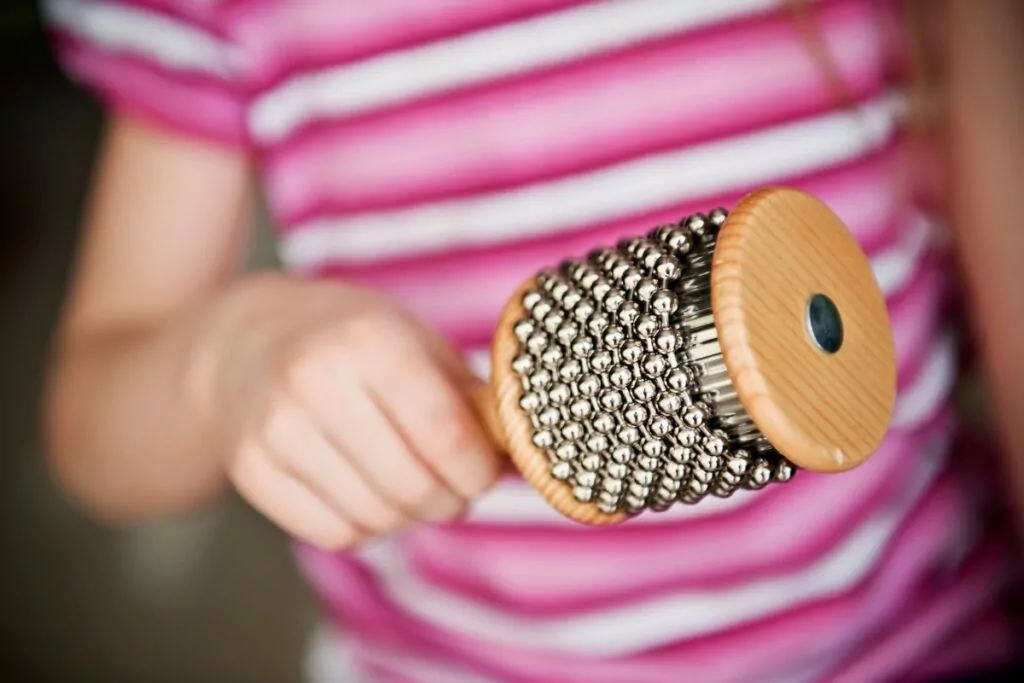
Cabassas have some weight to them, making them helpful in allowing the child to feel grounded.
Caution: Be careful of the amount of pressure exerted when rolling a cabasa, though, as they can cause pain if too much pressure is used.
4. Melodica
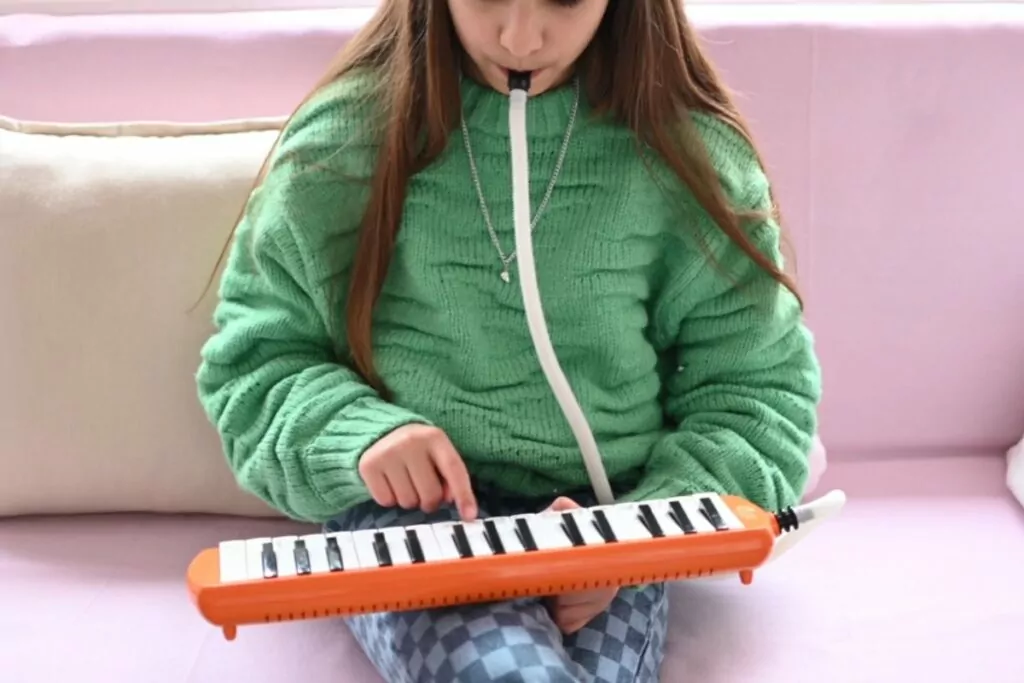
A melodica is a cheaper alternative to a keyboard or a piano.
5. Ocean drums
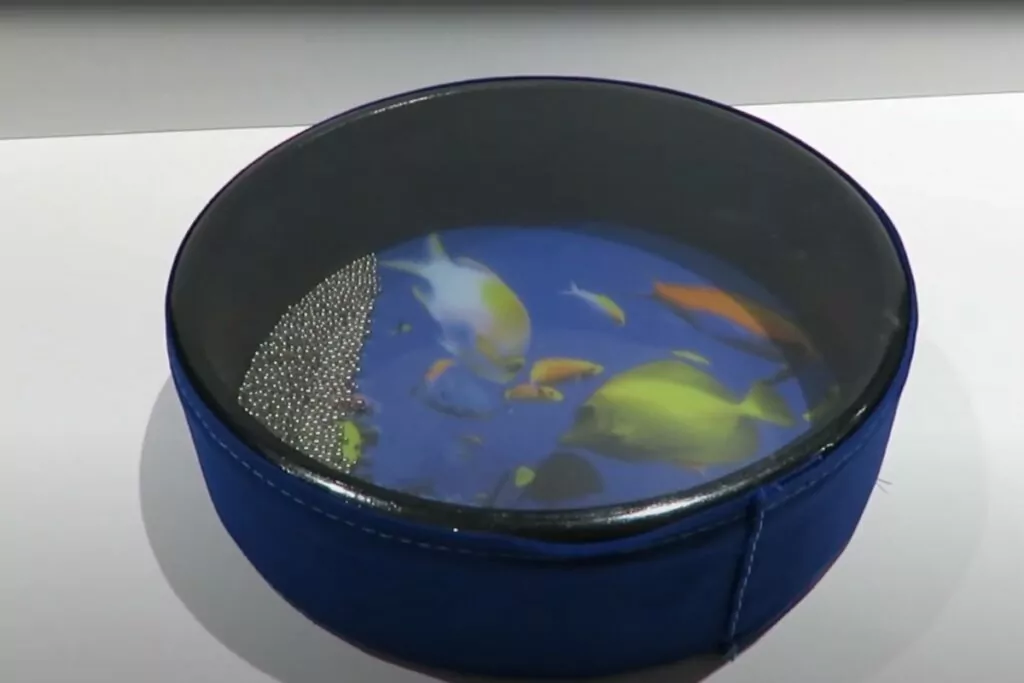
Ocean drums are sensory music toys that come in various sizes and colors. The ones with fish printed inside them provide additional stimulation for the children using them. The sounds of an ocean drum range from gentle white noise to crashing waves
6. Castanets
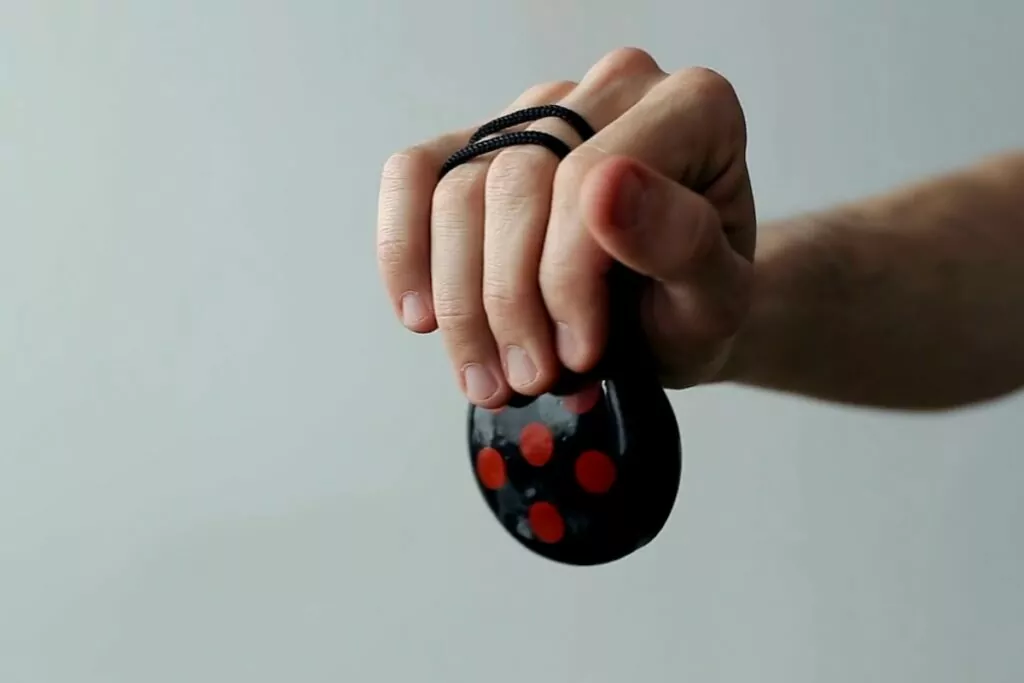
Castanets are one of the least expensive musical instruments for autistic children. They respond to touch, so children love to play with them.
7. Ukulele
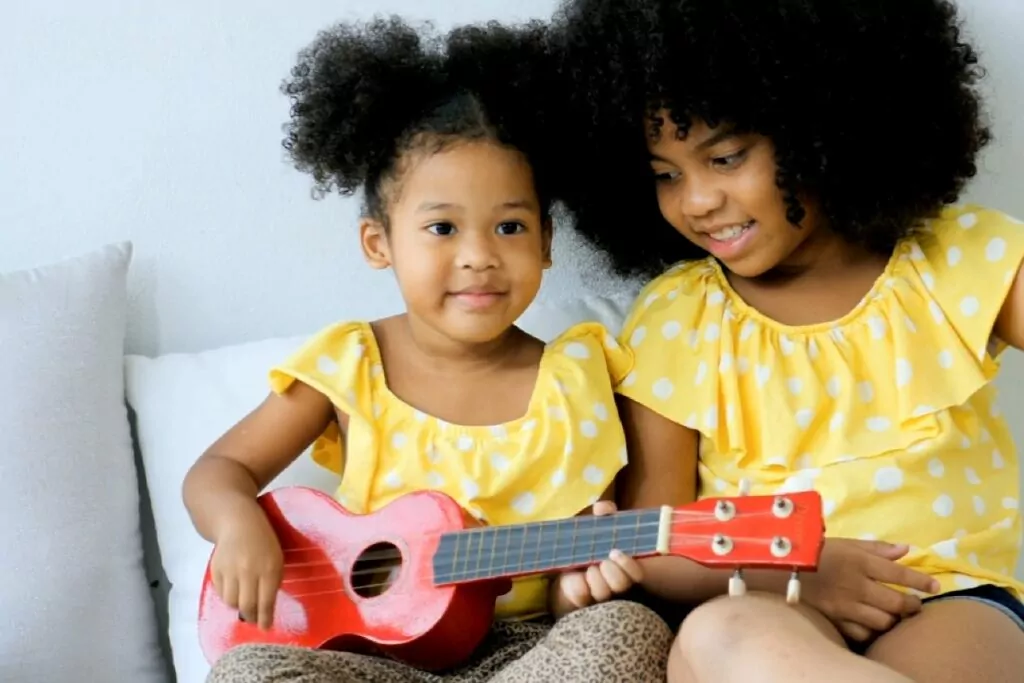
The ukulele is a four-stringed instrument that is easier to hold than the standard six-string guitar, but it helps with motor control just as strumming a guitar would.
8. Recorder
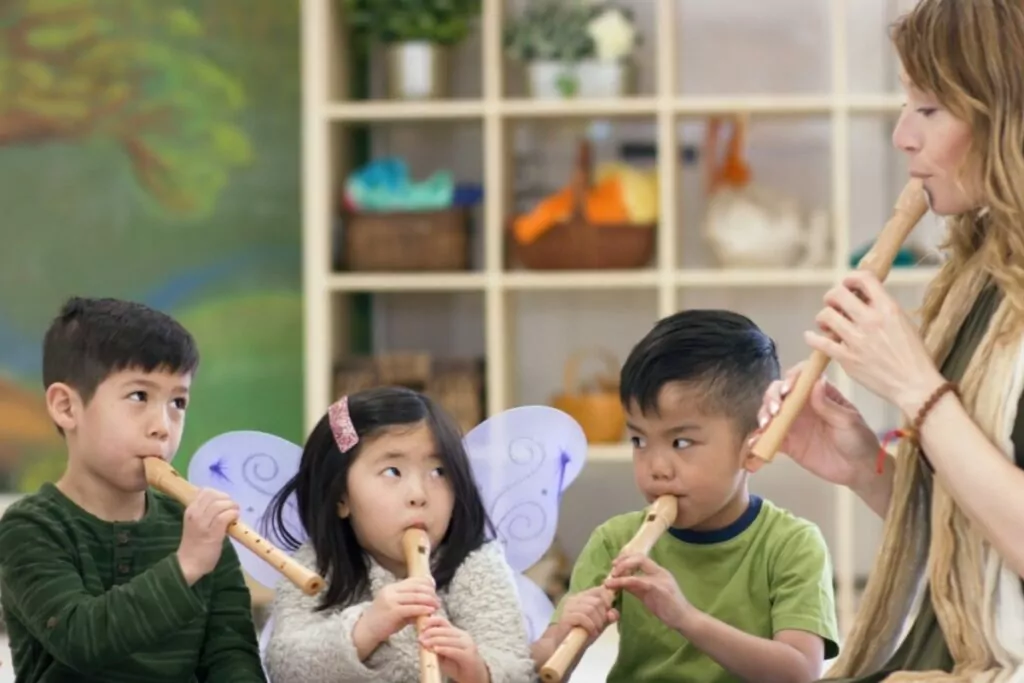
A recorder is an inexpensive instrument children can easily hold.
9. Xylophone/glockenspiel
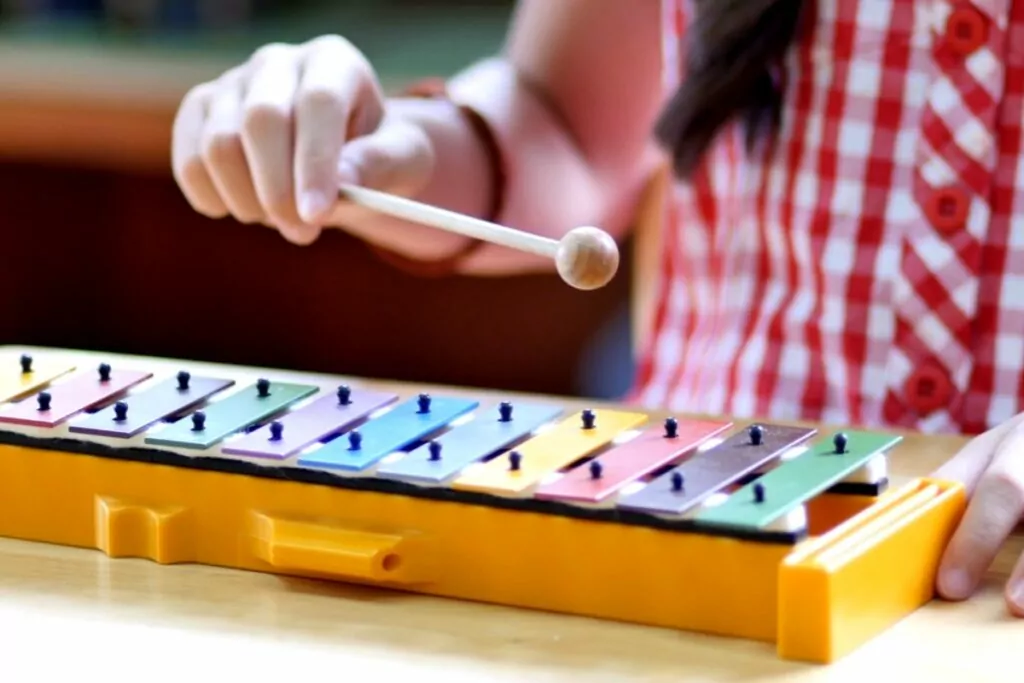
10. Trumpet
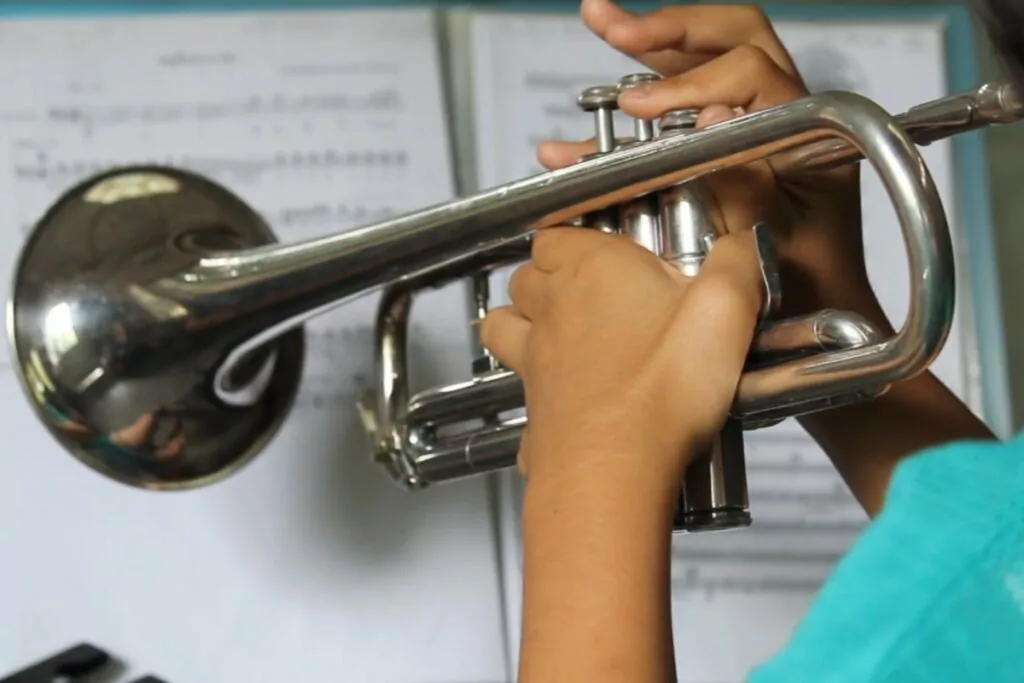
The trumpet is often associated with marching bands and Jazz musicians, but it is an excellent musical instrument for an autistic child.
11. Bongos
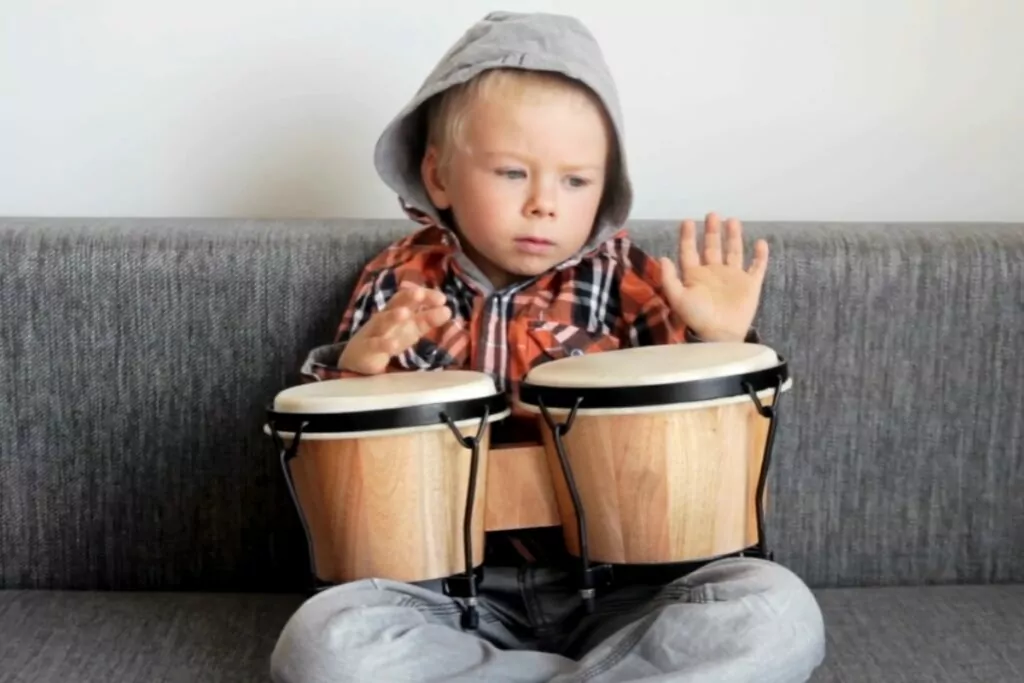
Bongos allow an autistic child to work off some steam and energy as they make an enjoyable sound.
12. Piano or keyboard
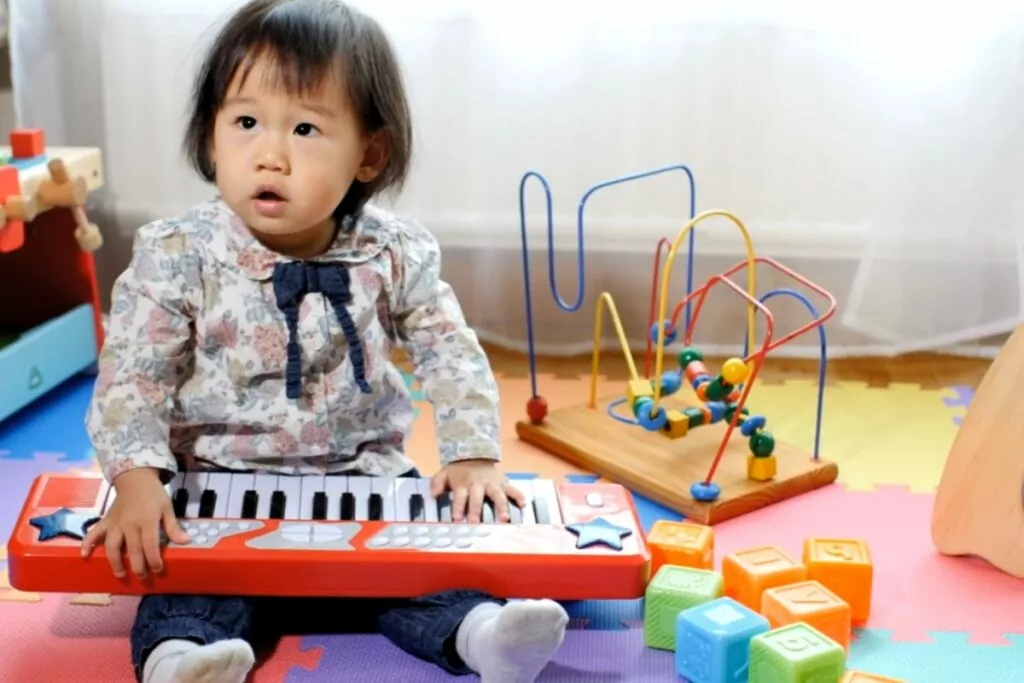
A piano or keyboard helps with fine motor skills but can also be an excellent creative outlet for children. Keyboards that light up as they are played are particularly fun for children.
Pro-tip: Choose a keyboard with a recording function, so the music they create can be recorded, and they can experience a sense of accomplishment.
How does music benefit autistic children?
Autistic children are often verbally limited, if not completely nonverbal. It can become quite frustrating for them to attempt to communicate their feelings and needs without using words.
- Music can help them bridge the communication gap.
- For those who can speak, music can help them bond with other children and share a common thread that gives them the confidence to communicate with those kids.
Those who don’t speak can still use music as a communication tool. Autistic children often remember melodies, harmonies, and even lyrics.
- They can use these memories to help them communicate with others.
- For example, if the child attempts to share joy, they could play a joyful song to help them express their emotions.
Music is a stress reliever. Hearing and playing music activate the portion of the brain that controls emotions. Not only can music reduce stress, but also it can help to alleviate symptoms of depression and reduce panic attacks.
- Someone with autism often finds listening to music a calming, peaceful activity.
- For this reason, doctors and therapists often recommend music therapy to help adjust social behaviors.
- Some therapists use musical instruments for autistic children as tools to reduce anger or stress-driven behaviors.
Autistic children handle external stimuli differently than others.
- Music therapy teaches them how to focus on specific stimuli.
- Focusing on particular stimuli can also help improve their verbal communication skills.
Consider creating an autism sensory room where your child can play with their music toys and other sensory tools safely.
Playing music is multi-sensory. It requires one to watch, listen, and touch simultaneously. These simultaneous actions create chances for motor skills to receive training and fine-tuning.
Our brains are the center of all of our senses and emotions.
- When an autistic child listens to music, their brain associates the melody with a feeling or an emotion.
- The attempt to coordinate senses to music can help improve motor skills.
Many activities we undertake stimulate one side of the brain or the other.
- Music stimulates both hemispheres of the brain, which is part of the reason it’s so effective in educational and therapeutic situations for autistic children.
- Stimulating the analytical and artistic areas of the brain increases the child’s intellectual capacity.
Why does this stimulation matter to autistic children? One of the common characteristics of ASD is the left and right hemispheres of the brain can become out of sync with one another, leaving some portions of the brain underdeveloped. Playing musical instruments can stimulate the brain causing new connections to form and existing ones to strengthen.
Final thoughts
Autistic children benefit from musical exposure and are often better at instrumentation than their non-autistic peers.
Music is a communication tool, a behavioral moderator, and a training device for various ranges of motor skills.
Songs stimulate both sides of the brain, making them one of the best teaching tools for autistic children available.
Common questions about autism and music
Music changes how the brain is activated, making both sides of the brain connect better. It helps to improve social and communication skills, thereby reducing the severity of the symptoms the child experiences.
According to a questionnaire reported by the Healthy Journal, parents say that their autistic children prefer pop, rock, and classical music. These reports were compared to other music genres, such as folk or jazz. However, music is subjective, autistic children have different music tastes.
Studies have found that music helps autistic people develop better social skills. Music therapy has been shown to reduce anxiety and stress levels for children and adults. The reduction of anxiety and stress levels can also reduce distressed behavior.
Sometimes loud noises can cause pain for autistic children. Autistic individuals may also find it difficult to concentrate if there is background noise. It’s essential to take cues from the individual regarding the amount of musical stimulation they can tolerate.
Written by Kristi Montgomery

Kristi is from the middle of nowhere in Alabama where she is a dedicated wife, mom to 6, and Mimi to 6, and she loves taking care of her family. Kristi has family and friends who live their lives on the autism spectrum, and she finds them to be some of the most interesting people she knows. She embraces the challenge of communicating with them whole-heartedly and has made it a lifelong goal to learn as much as possible about autism and share that information with others.